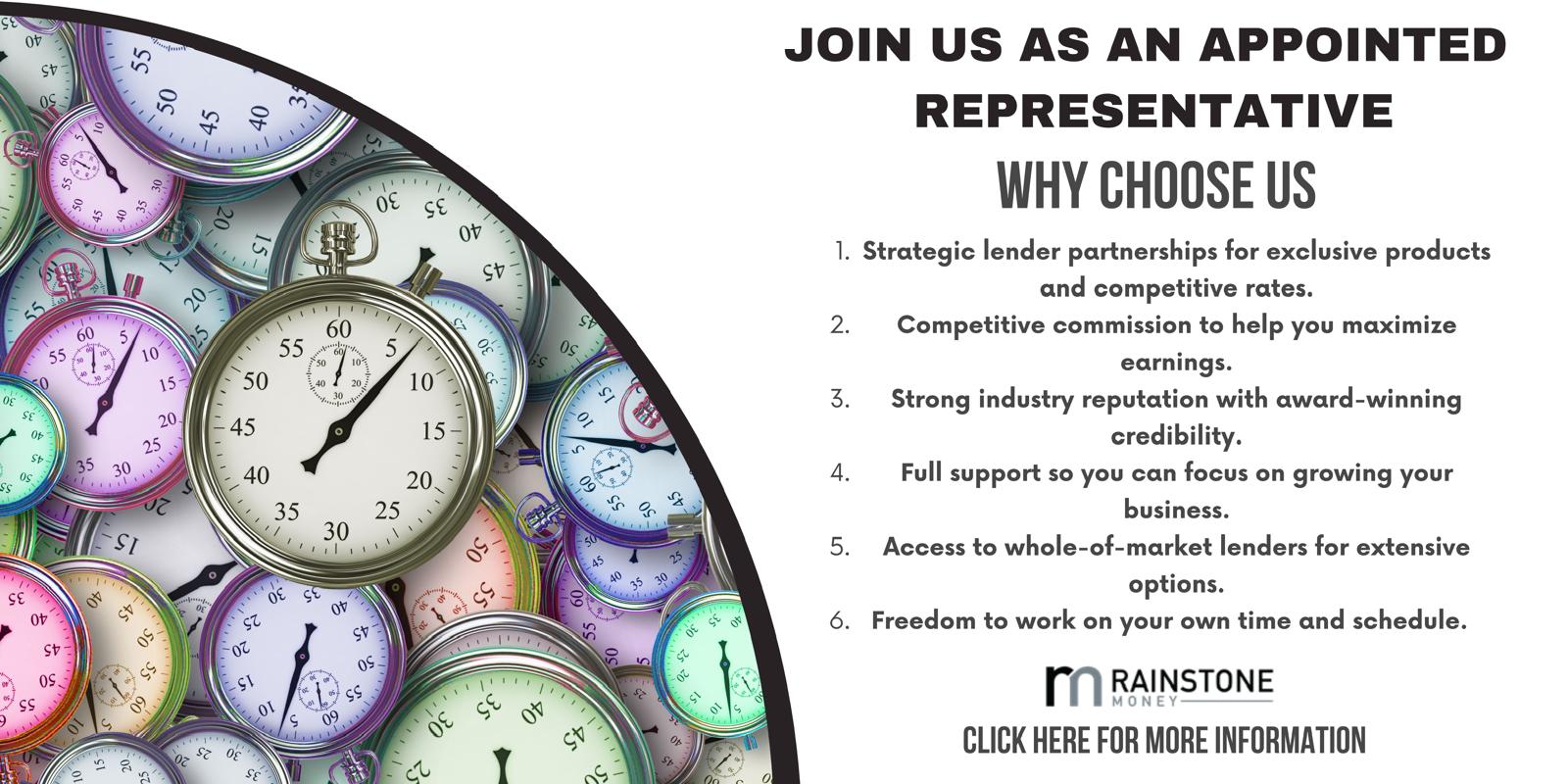If you’re a first-time buyer looking to purchase a property, one of the most crucial steps in the process is passing the lender’s mortgage affordability check. This assessment evaluates your financial capability to comfortably make mortgage repayments based on your income, outgoings, and credit history. Understanding how mortgage affordability checks work can help you prepare and increase your chances of securing a mortgage that fits your budget.
Mortgage Affordability Checks
- Income Assessment
Lenders will closely examine your income sources, including employment income, self-employment profits, investment returns, and any other streams of revenue. They will typically request documentation such as payslips, tax returns, and bank statements to verify your income. Stable, long-term employment and a consistent income stream will work in your favour.
- Outgoings and Commitments
Your monthly expenses, including rent, utility bills, credit card payments, and other loan repayments, will be taken into account. Lenders want to ensure that you have enough disposable income to cover the mortgage payments, even if interest rates rise or your circumstances change.
- Credit History and Score
Your credit report plays a pivotal role in the affordability assessment. Lenders will review your credit score and history to gauge your creditworthiness and financial responsibility. Late payments, defaults, or high levels of existing debt can negatively impact your chances of approval or the interest rates offered.

- Stress Testing
Lenders will also stress test your affordability by simulating scenarios where interest rates rise or your income decreases. This helps them determine whether you can still meet your mortgage obligations under adverse circumstances, such as job loss or unexpected expenses.
- Deposit and Property Value
The size of your deposit and the value of the property you wish to purchase will also influence the affordability assessment. A larger deposit typically indicates a lower risk for lenders and may result in more favourable terms. Lenders may require a higher deposit for properties above a certain value or in specific locations.
- Loan-to-Income Ratio
Many lenders use a loan-to-income ratio to assess affordability. This ratio compares your annual income to the amount you wish to borrow. Typically, lenders prefer a loan-to-income ratio of 4.5 or lower, meaning they may lend up to 4.5 times your annual income.
By understanding the factors involved in mortgage affordability checks, you can better prepare yourself and increase your chances of securing a mortgage that aligns with your financial capabilities. Here are some tips to improve your affordability:
- Build a strong credit history by making timely payments and maintaining a low debt-to-income ratio.
- Save for a larger deposit to demonstrate your financial commitment and reduce the overall loan amount.
- Provide accurate and up-to-date documentation of your income and outgoings.
- Consider seeking professional advice from a mortgage broker or financial advisor to navigate the process effectively.
Passing the mortgage affordability check is a crucial step toward homeownership. By being well-informed and proactive, you can increase your chances of securing a mortgage that fits your budget and paves the way for your dream home.

